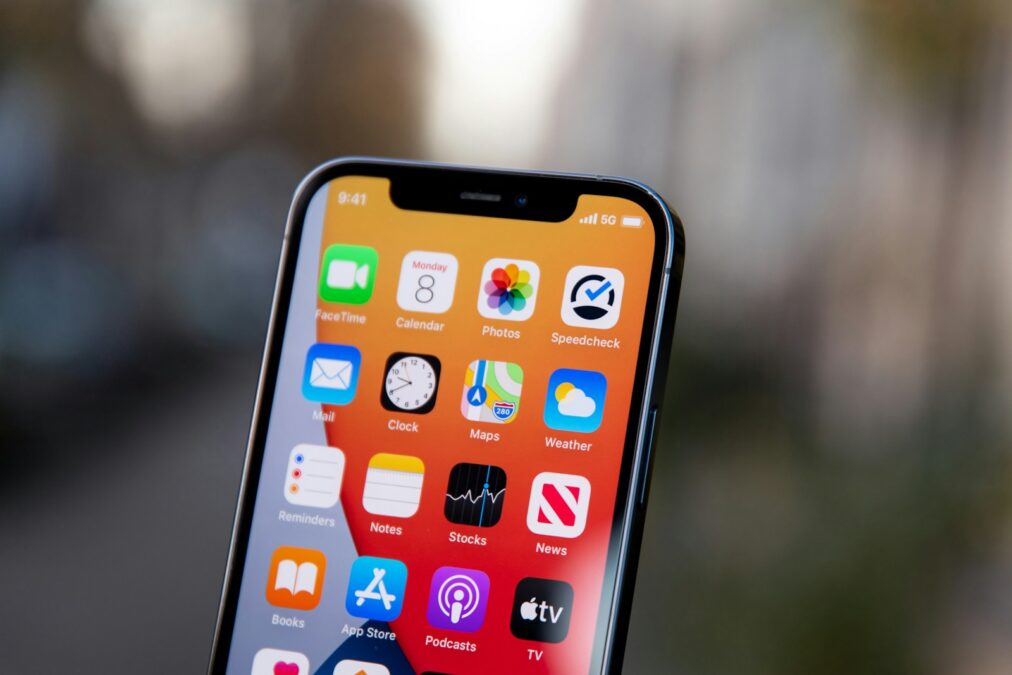How 5G is Revolutionizing Remote Healthcare Delivery
5G telemedicine innovations are poised to transform the way healthcare services are delivered, particularly in remote and underserved areas. The increased bandwidth, low latency, and enhanced connectivity of 5G networks will unlock new possibilities for telemedicine, enabling real-time, high-quality interactions between healthcare providers and patients, regardless of their location.
Enhanced Connectivity: The Cornerstone of 5G Telemedicine Innovations
One of the primary ways 5G will drive telemedicine innovations is through enhanced connectivity. 5G networks offer significantly faster speeds and lower latency compared to their predecessors. This means that healthcare providers can conduct virtual consultations, remote surgeries, and medical imaging with minimal delays, ensuring seamless and efficient communication. Furthermore, the increased bandwidth allows for the transmission of high-resolution images and videos, enabling accurate diagnoses and personalized treatment plans.
Remote Patient Monitoring: 5G-Enabled Healthcare at Home
5G telemedicine innovations also extend to remote patient monitoring (RPM). With 5G, healthcare providers can continuously monitor patients’ vital signs, medication adherence, and other health parameters in real time. This is particularly beneficial for patients with chronic conditions who require ongoing care and management. RPM allows for early detection of health issues, timely interventions, and personalized treatment adjustments, leading to improved patient outcomes and reduced hospital readmissions.
Augmented and Virtual Reality: Immersive Telemedicine Experiences
5G will also facilitate the integration of augmented reality (AR) and virtual reality (VR) into telemedicine. AR overlays digital information onto the real world, providing healthcare providers with real-time data during procedures and surgeries. VR creates immersive environments for patient education, pain management, and rehabilitation. These technologies have the potential to enhance the accuracy, efficiency, and effectiveness of telemedicine, making it more accessible and engaging for both patients and providers.
5G-Powered Mobile Health Units: Bringing Healthcare to Underserved Areas
In Saudi Arabia, the government’s Vision 2030 initiative aims to transform the healthcare sector by leveraging technology. 5G telemedicine innovations align perfectly with this vision. By deploying 5G-powered mobile health units, healthcare services can be extended to remote and underserved areas of the Kingdom. These units can be equipped with state-of-the-art telemedicine tools, allowing healthcare providers to conduct virtual consultations, diagnoses, and even minor procedures in areas where access to healthcare is limited.
Real-Time Collaboration and Training: 5G for Healthcare Professionals
5G telemedicine innovations will also empower healthcare professionals by enabling real-time collaboration and training. With 5G, specialists from different locations can collaborate seamlessly on complex cases, sharing expertise and knowledge. This can lead to improved diagnoses, treatment plans, and patient outcomes. Additionally, 5G can facilitate remote training and education for healthcare providers, ensuring they stay up-to-date with the latest medical advancements and techniques.
Overcoming Challenges and Embracing the Future
While the potential of 5G telemedicine innovations is immense, there are challenges to overcome. These include ensuring data security and privacy, addressing regulatory issues, and securing adequate funding for infrastructure development. However, with careful planning and collaboration between stakeholders, these challenges can be addressed. The UAE, for example, is already making significant investments in 5G infrastructure, positioning itself as a leader in the digital transformation of healthcare.
Data Security and Privacy in 5G Telemedicine
Data security and privacy are paramount concerns in the realm of telemedicine, especially with the increased data transmission capabilities of 5G. Protecting sensitive patient information from unauthorized access and breaches is crucial. Implementing robust encryption protocols, secure data storage, and stringent access controls can mitigate these risks. Additionally, educating healthcare providers and patients about best practices for data protection can further enhance the security and privacy of telemedicine systems.
Regulatory Frameworks for 5G Telemedicine Innovations
As 5G telemedicine innovations evolve, regulatory frameworks need to adapt to ensure the safety and efficacy of these technologies. Clear guidelines regarding licensure, liability, and reimbursement for telemedicine services are essential. Collaboration between healthcare providers, regulatory bodies, and technology companies can help establish a standardized and effective regulatory framework that promotes innovation while safeguarding patient interests.
5G Telemedicine and the Future of Healthcare
The future of telemedicine is undoubtedly intertwined with the advancement of 5G technology. As 5G networks continue to expand and mature, telemedicine is poised to become an integral part of healthcare delivery. The potential for remote consultations, personalized care, and improved access to healthcare services is immense. Embracing these innovations and addressing the associated challenges will pave the way for a more connected, efficient, and patient-centric healthcare system.
#5G #Telemedicine #HealthcareInnovation #RemoteHealthcare #DigitalHealth #FutureOfTelemedicine























